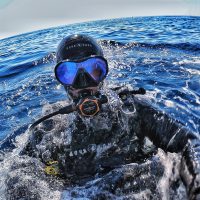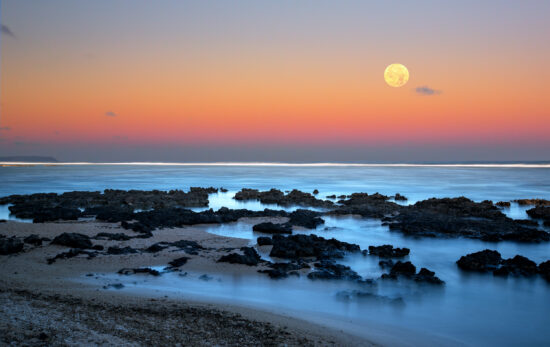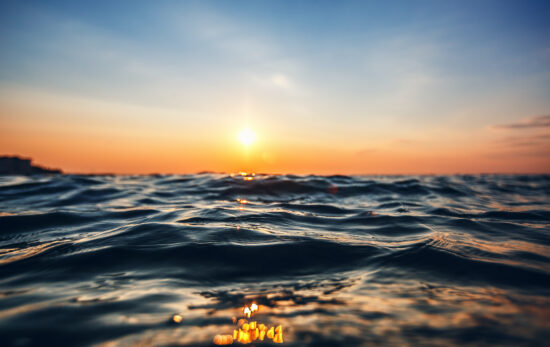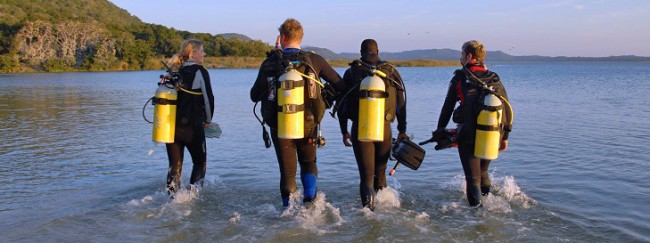PADI, with its globally recognized diving training program, is part of the International School of Diving Safety & Medicine (ISDSM) Faculty. The ISDSM aims at promoting a broad academic education program by designing specific course curricula in the field of Diving Safety, Research and Medicine, focusing on the sustainability – both economic and environmental – of the diving industry.
Thanks to the joint effort between DAN Europe, PADI ISDSM faculty, Institute of Tourism Studies of Malta (ITS) and Malta Professional Diving School Association (PDSA), the first Bachelor Degree of the diving industry was created & launched in October 2020.
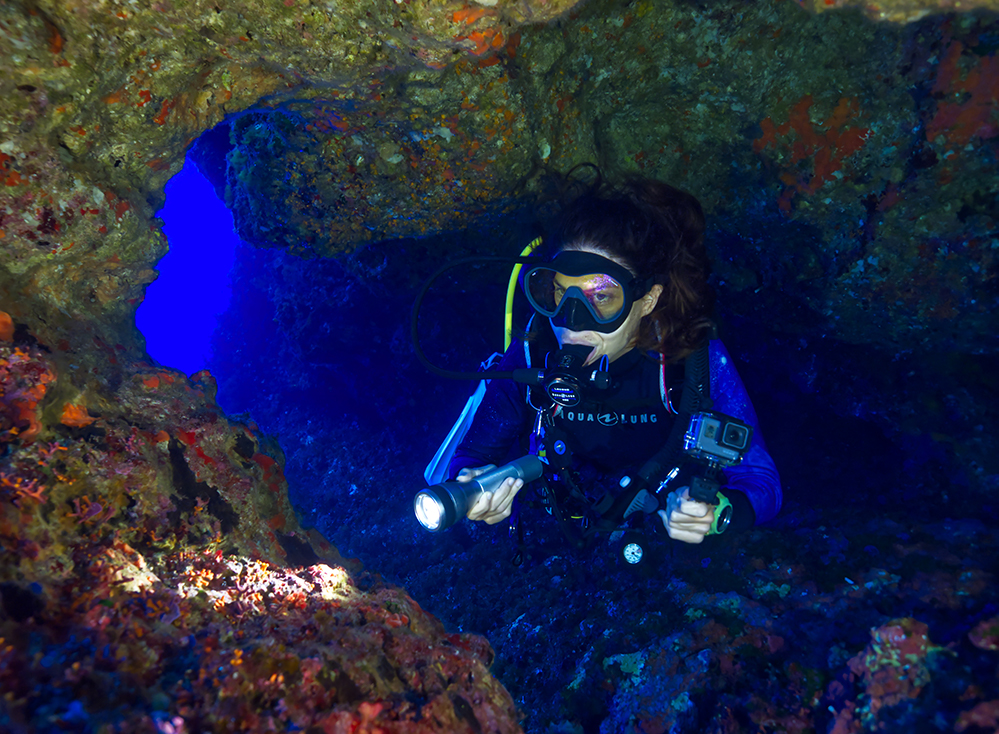
As soon as we learned about it, my partner Alana and & I immediately planned to travel to Malta. Learning more about this special program paired with diving in one of the best-known destinations in the Mediterranean, was undoubtedly a great motivation.
According to Malta’s Tourism Authority, Malta had 2.77 million inbound tourists in 2019. Approximately 6,5% of these dived during their visit. That’s about 182,000 divers per year, 15,160 per month and more than 500 per day! Not bad for a small archipelago with a total land area of only 316 km²/122 miles² .
The underwater diving tourism is continually growing in these islands, and we wanted to figure out why.
The 2020 Challenge
During the month of August, just a few days before our departure, there was an increase in COVID-19 cases in Malta. This was a warning flag for us, but not an impediment. We believed that as long as we followed the suggested sanitary measures and acted responsibly with your health and others, there was no reason to stop travelling. We would just need to be extra careful. We packed our scuba gear and off we went to paradise!
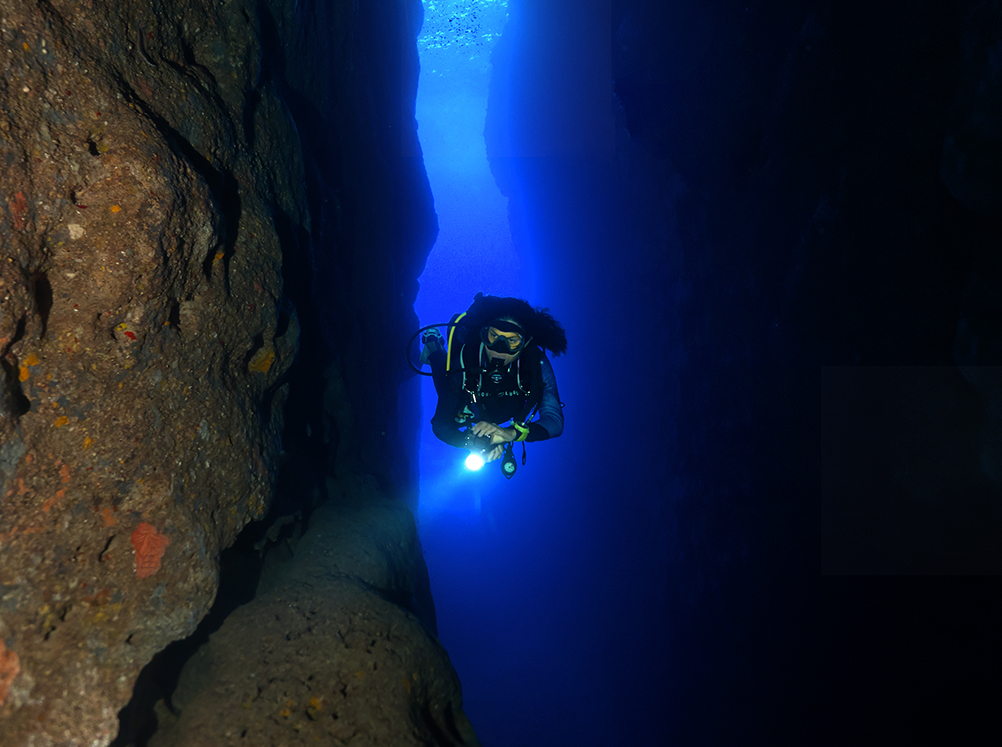
A Little History
This small warm-weathered European archipelago is located in the center of the Mediterranean. It consists of three habitable islands – Malta, Gozo, and Comino, with an actual population of nearly 450,000 people with English and Maltese being the official languages. Malta has an ancient and fascinating history that makes the country even more attractive beyond its natural beauty. It is estimated that its first settlers arrived during the stone age, around the year 5000 BC. It’s believed that they came from the island of Sicily, the rest of Italy, and from North Africa.
Some of the oldest free-standing temples built in the history of humankind, are located in Gozo. They are known as “The Ġgantija Temples” and are even older than the Egyptian Pyramids in Giza.
For its strategic maritime position, the country remained for several centuries under the control of a number of empires and civilizations, such as the Phoenicians, Romans, Arabs, French, and lastly, the British.
Malta finally achieved independence and became a Republic in 1964. Its capital city, Valletta, was one of the first European cities to be constructed on an entirely new site. Despite its small size, Valletta is packed with sites of historical significance and buildings dating back to the 16th century. Walking around Malta really makes you feel like you’re in a huge open-air museum.
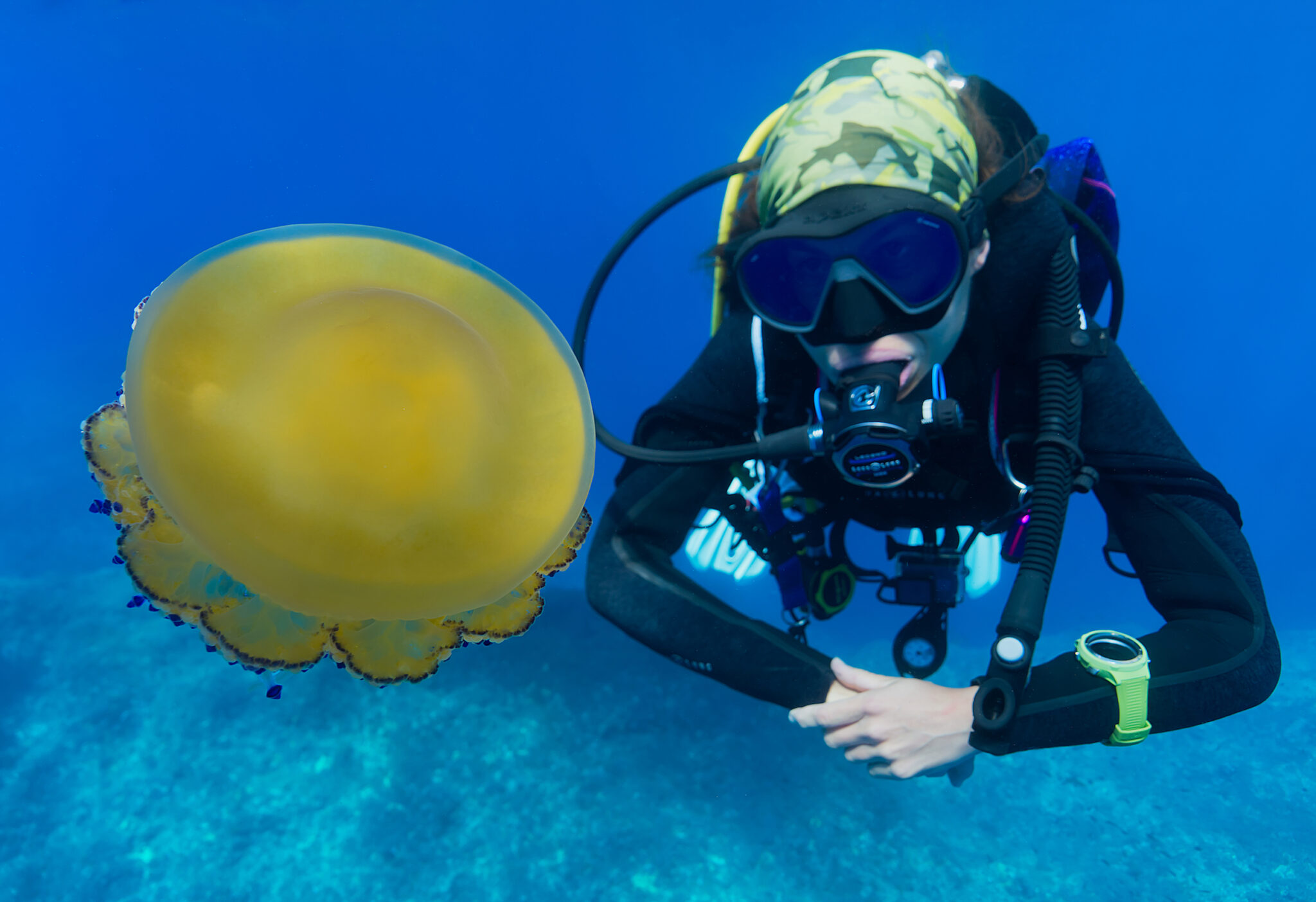
Coping with COVID-19
As soon as we arrived, we noticed strict compliance with health regulations by Maltese citizens and business services. We really felt safe during our entire stay.
Swab tests were carried out by appointment only at designated testing centres. It was very easy to obtain, we just had to call the Public Health Helpline (111). An operator took note of our personal details and gave us an appointment to the closest testing centre, three days before our scheduled flight back home.
It was really fast, simple and they were very well organized. By midday we were back to Xlendy Bay in Gozo setting up our scuba diving gear in our preferred PADI dive shop for our afternoon dives.
A Diving Paradise
If you are looking for stunning blue waters, and attractive, unique spots, not only on the surface but also below it, Malta & Gozo are the right places.
The islands host over 60 professional diving centers, which are known by their excellence and high-quality assistance. Some of the best-known dive sites are the worldwide famous Blue Hole, and the unique Inland Sea, both in Dwejra. Famous shipwrecks include the Um El Faroud, the MV Karwela, and plenty of others.
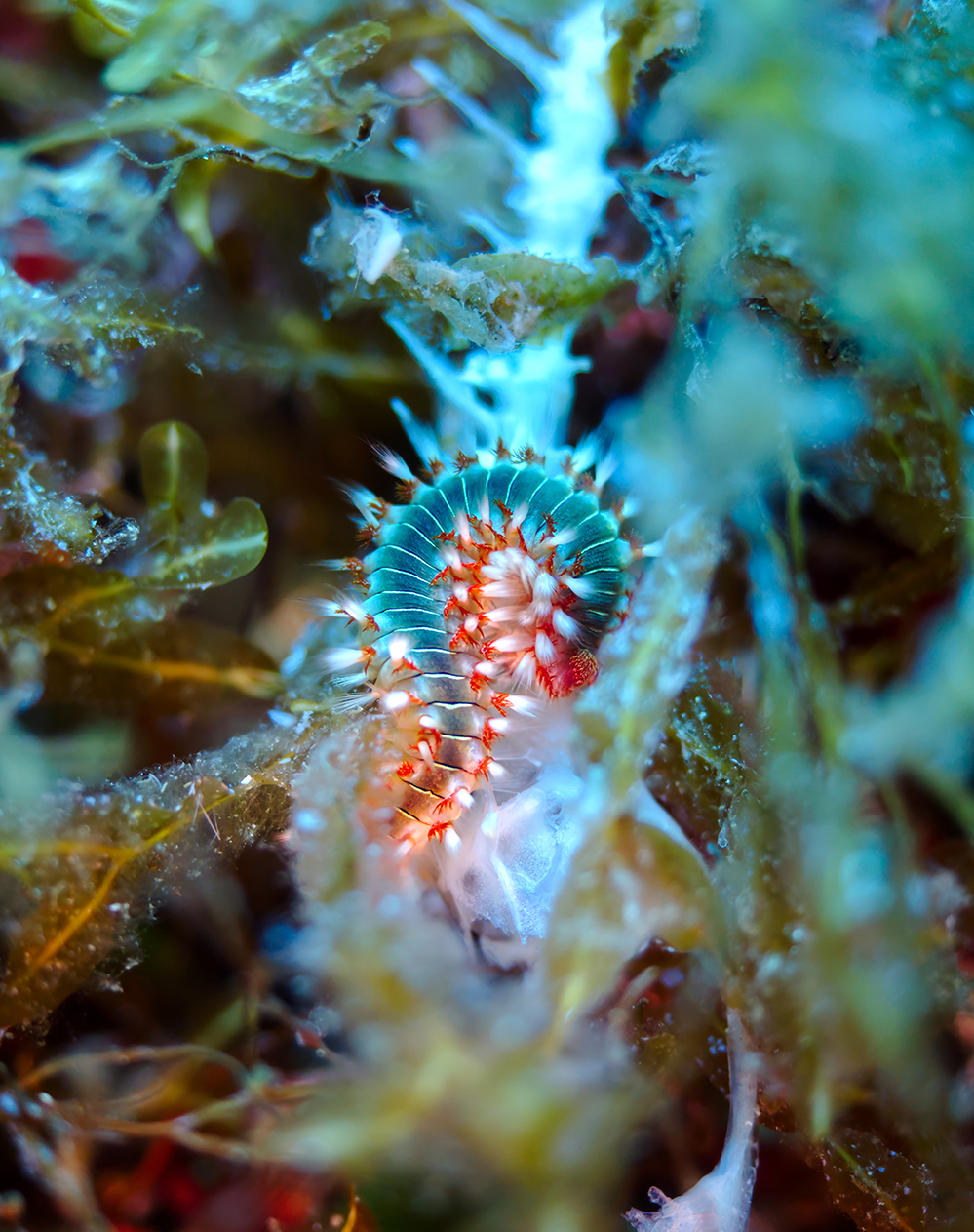
In terms of marine life, we were able to observe some of the typical creatures that inhabit the Mediterranean, such as barracudas, moray eels, groupers, octopuses, cuttlefish, and nudibranchs.
We want to emphasize the impressive water visibility, surely the best we have found in the Mediterranean Sea. We should add to the list several underwater caves, natural wonders that really take your breath away, as well as epic shipwrecks. Yes, it seems that Malta really has them all.
This trip exceeded our expectations. Way before we left, we already wanted to go back!
Our final words are to thank all those who made this trip possible: DAN Europe, Malta Tourism & St. Andrews Divers Cove and PADI & Aqua Lung for having our backs.
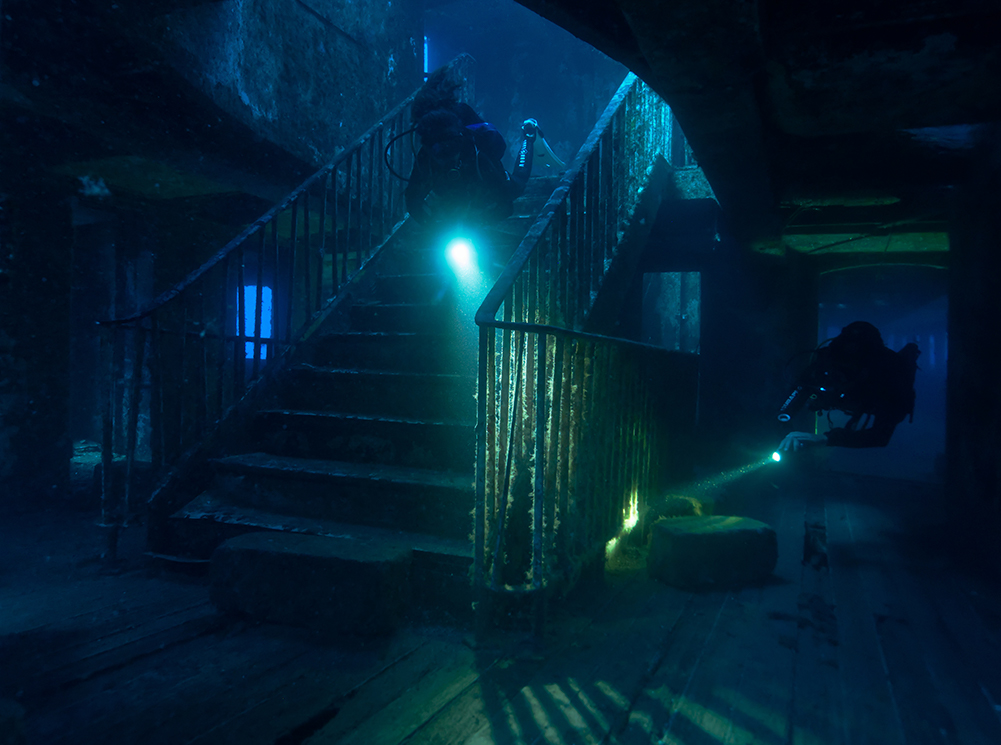
Learn more about diving in Malta and Gozo, locate a local PADI dive shop and start your next underwater adventure!
